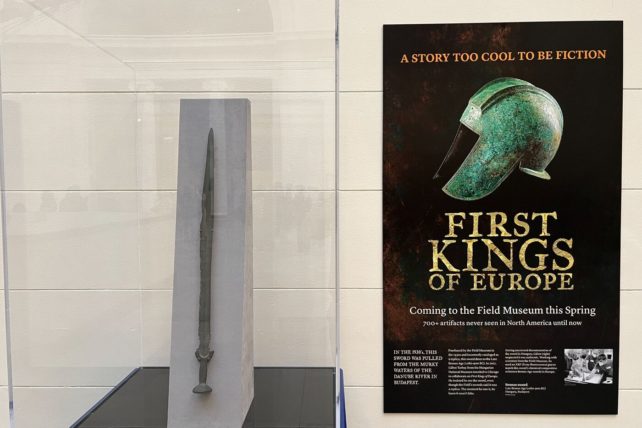In the 1930s, a tarnished bronze sword was pulled from the banks of the Danube River that runs through Budapest.
It was styled like a Hungarian weapon from the Bronze Age, and yet at the time, it was assumed to be a replica, possibly made in the Medieval Era or later.
For nearly a century, the sword has sat on display at the Field Museum in Chicago, labeled as a mere copy. But last year, while the museum was preparing for an upcoming exhibit on ancient European kings, a visiting Hungarian archaeologist (whose name has not been publicized) took one look at the sword and declared it authentic.
"We brought it out, he looked at it, and it was 20 seconds and he said, 'It's not a replica'," William Parkinson, the curator of anthropology at the Field Museum, told a local news station.
But Parkinson wasn't yet convinced. He wanted to use X-rays to see if the sword really had been forged from the right combinations of copper and tin, as is seen in other bronze-age weapons from the region.
And "Bam!" Parkinson recalled, the sword's chemical makeup matched that of other artifacts.
"Usually this story goes the other way round," Parkinson marveled in a recent press release from the museum. "What we think is an original turns out to be a fake."
This way is a lot more exciting.
Experts now think the ancient sword was thrown into the waters of the Danube sometime between 1080 and 900 BCE for ritualistic purposes, possibly to commemorate a battle, or the passing of a loved one, as was common tradition among other cultures in Europe at the time.
The Field Museum's upcoming exhibition, The First Kings of Europe, is set to open in March 2023.

The newly authenticated sword will be the first artifact for the exhibit that visitors will see as they enter the main hall – an overlooked imitation no longer.
